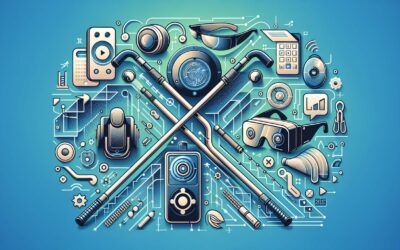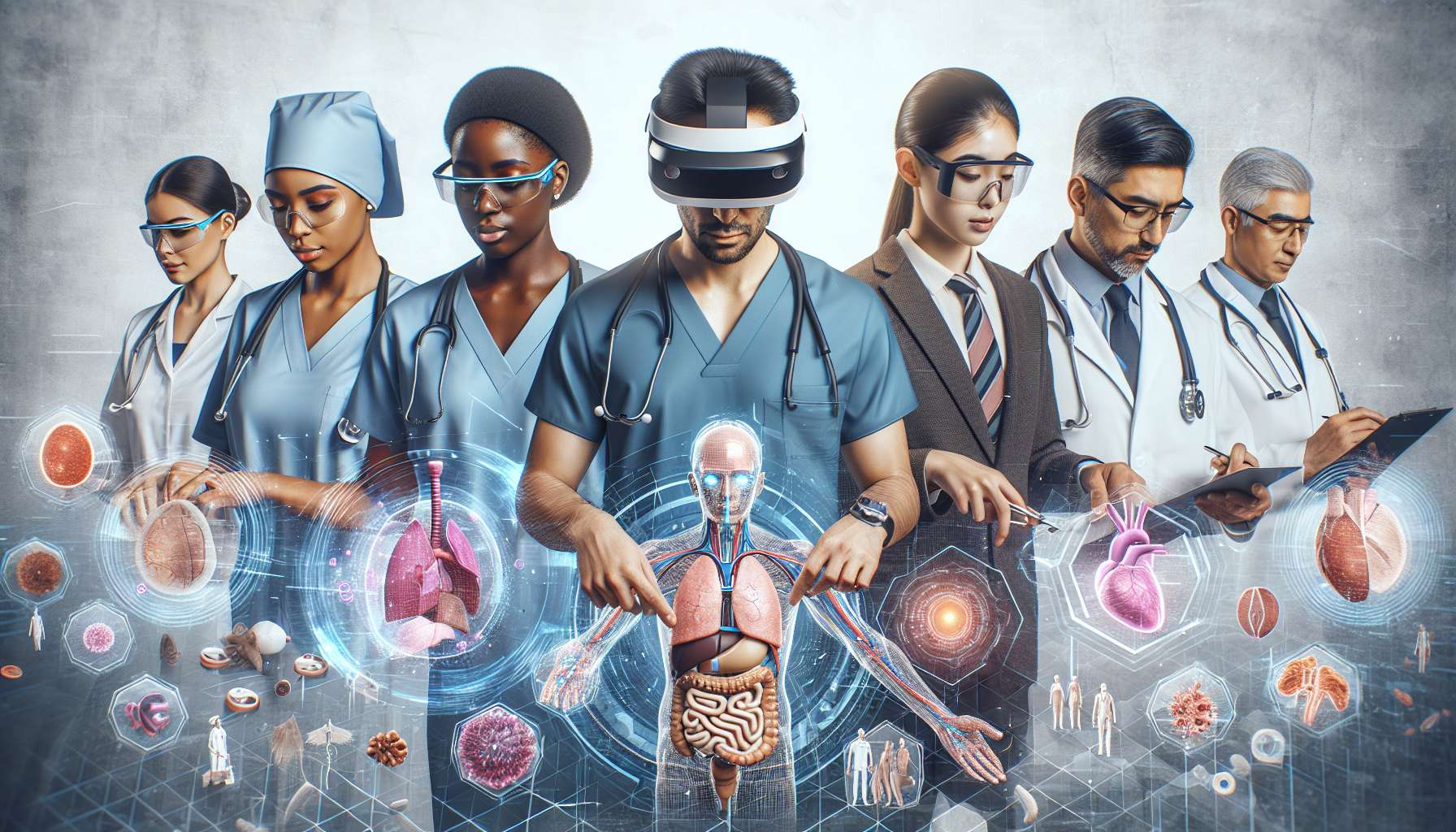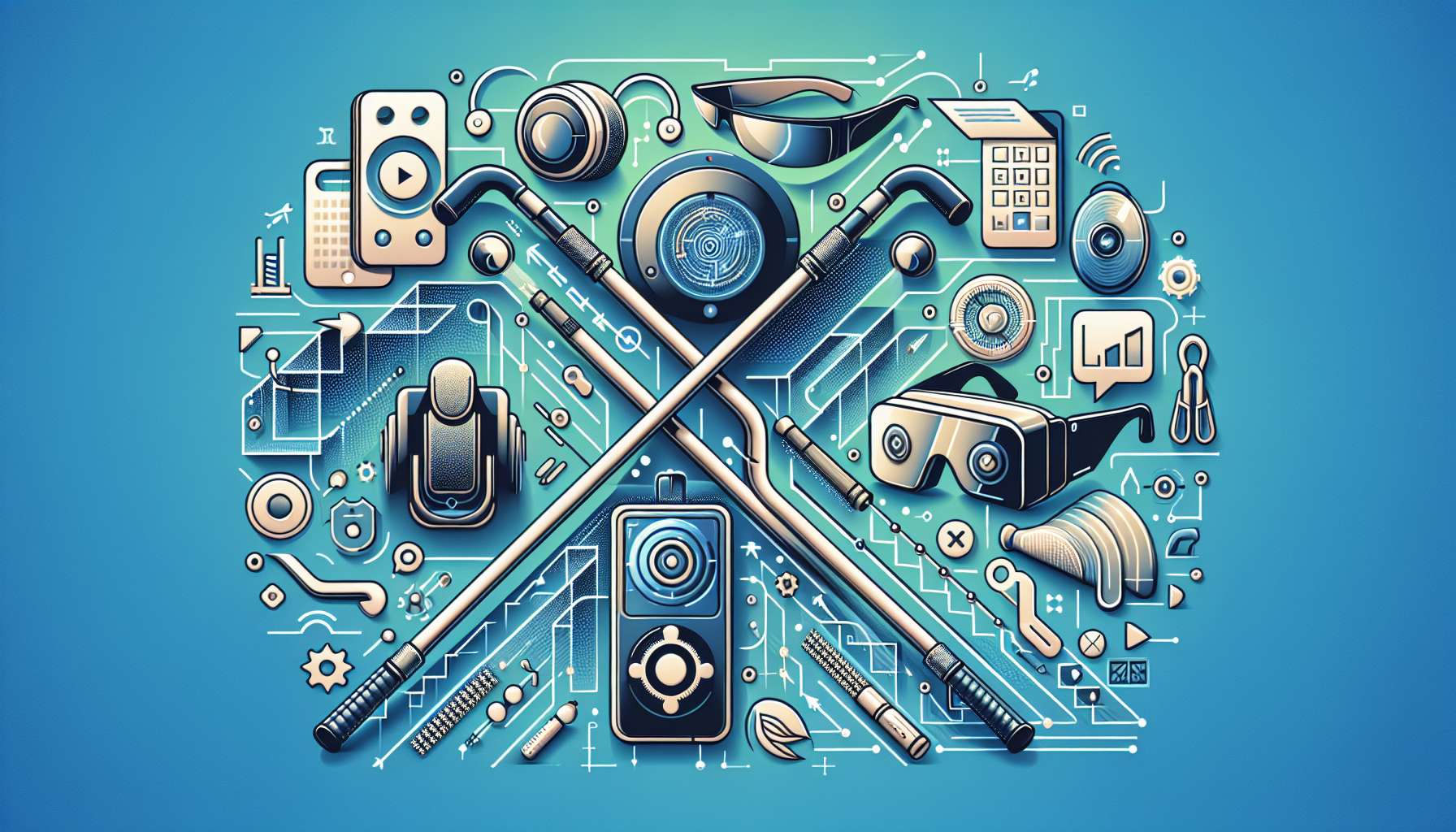Introduction
Augmented reality (AR) has emerged as a powerful tool in various industries, and healthcare is no exception. With its ability to overlay digital information onto the real world, AR has the potential to revolutionize the way healthcare professionals are trained. In this article, we will explore the benefits of using augmented reality for training healthcare professionals and how it can enhance their learning experience.
Enhanced Visualization
One of the key advantages of using augmented reality in healthcare training is its ability to provide enhanced visualization. AR can overlay digital images, videos, and 3D models onto the real world, allowing healthcare professionals to see complex medical concepts in a more interactive and immersive way. For example, AR can be used to visualize the human anatomy in real-time, enabling medical students to explore the human body from different angles and gain a deeper understanding of its structures.
Interactive Learning
AR offers a highly interactive learning experience for healthcare professionals. Instead of relying solely on textbooks or traditional lectures, AR allows trainees to actively engage with the content. They can manipulate virtual objects, perform virtual surgeries, and practice medical procedures in a simulated environment. This hands-on approach not only improves knowledge retention but also helps develop critical thinking and decision-making skills.
Real-time Feedback
Another significant advantage of using augmented reality for healthcare training is the provision of real-time feedback. AR applications can track trainees’ movements and actions, providing instant feedback on their performance. This feedback can be invaluable in identifying areas for improvement and allowing trainees to make necessary adjustments. For example, during a simulated surgery, AR can provide feedback on the accuracy of incisions or the placement of medical devices, helping trainees refine their techniques.
Remote Training Opportunities
Augmented reality also opens up opportunities for remote training in healthcare. With AR, healthcare professionals can participate in training sessions or conferences from anywhere in the world. They can virtually collaborate with experts, observe surgeries in real-time, and even receive guidance during procedures. This remote training capability is particularly beneficial for healthcare professionals in rural or underserved areas who may not have easy access to specialized training facilities.
Conclusion
Augmented reality has the potential to revolutionize healthcare training by providing enhanced visualization, interactive learning, real-time feedback, and remote training opportunities. As the technology continues to advance, we can expect to see more widespread adoption of AR in healthcare education. By leveraging the power of augmented reality, we can better equip healthcare professionals with the skills and knowledge they need to provide high-quality patient care.








